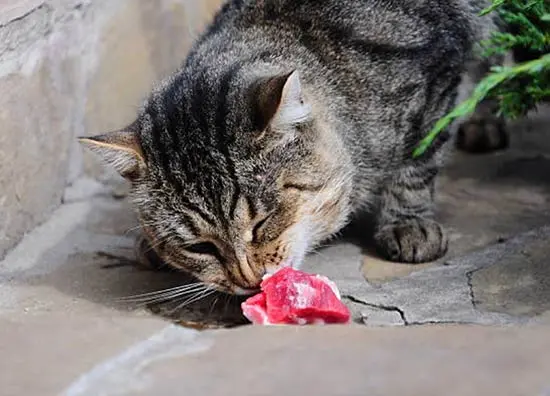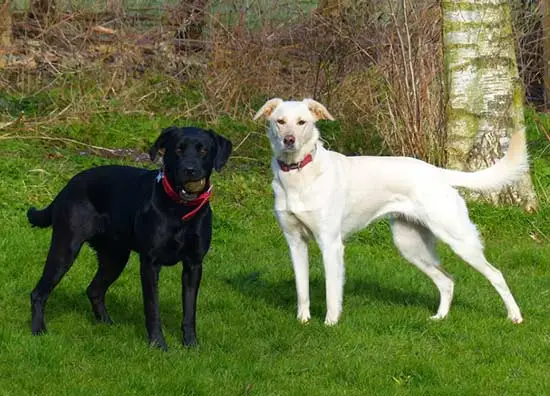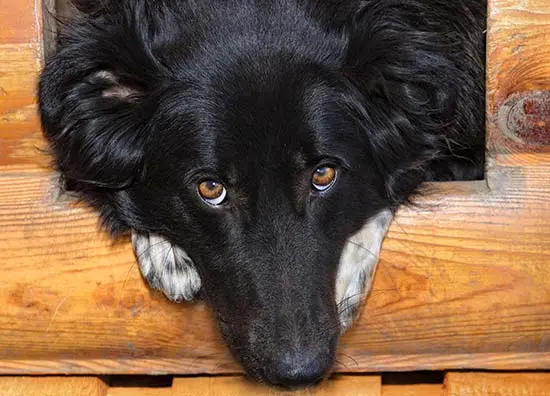8 Things Your Pet Wants You to Know
If your pet could talk, these are the 8 things he or she would most want you to know. But since your dog or cat can't speak up, I'm going to give you a helping hand to better understand their fears, wants, frustrations, and needs.

STORY AT-A-GLANCE
- Our animal companions can’t talk, but if they could, there are many things they might tell us
- If your dog or cat could talk, he could tell you when he’s feeling sick or has pain. And he could help you understand his moods by letting you know when he’s feeling scared or angry
- Overweight pets might ask their guardians to help them lose weight, get more exercise, or improve their diet
- Lonely or bored pets might ask their owners to help them make friends, and pets with behavior issues might ask for help in learning better conduct
Editor's Note: This article is a reprint. It was originally published March 14, 2015.
- “I’m sick” or “I’m in pain”

Our animal companions can’t tell us when they’re hurt or feel sick, and many types of pets, such as cats, are wired to actually hide discomfort and therefore, vulnerability.
Fortunately, there are many subtle and not-so-subtle hints our pets give us that indicate they’re not feeling well, for example, refusing to eat, drinking an excessive amount of water and urinating more frequently, getting up slowly, or limping. It’s important as your pet’s guardian to be aware of any type of physical or behavioral changes she displays, and to make an appointment with your veterinarian if the problem persists. - “I’m afraid”

This is a point of confusion for many pet parents, because animals often behave aggressively in response to fear. A behavior that looks, on the surface, like anger or belligerence is often fear-based. It’s important to know the difference, because fear must be dealt with much differently than other types of aggressive behavior. In fact, you may want to consult a veterinary behaviorist to help you determine what’s causing your pet’s behavior and how best to handle it. - “I’m mad at you”

Cats tend to get bent out of shape more often than dogs when things don’t go according to plan. In fact, any kind of disruption to your kitty’s routine or environment may bring out his crabby side.
For example, some cats act out if the cleanliness of the litterbox isn’t up to snuff, or if breakfast isn’t served at precisely 6:00 am every morning. Also, many kitties don’t appreciate a lot of petting or cuddling, and if they’re forced to endure more than they like, the claws come out. - “I need your help to lose weight”

You’ll never find an overweight, much less obese dog or cat in the wild. It’s not your pet’s nature to be fat — he got that way thanks to his human caretakers. It’s tremendously harmful to an animal’s health to carry around excess weight.
Fat pets get the same kinds of obesity-related diseases humans do, and because dogs and cats are natural athletes designed to be very physically active, their quality of life is greatly diminished by being overweight. - “Please help me be more physically active”

Lack of exercise often goes hand-in-hand with a weight or behavior problem, but even if your pet is an ideal weight, she still needs consistent, regular, heart-thumping exercise to stay in good physical condition and mentally balanced. Many dogs develop behavior problems because they’re full of pent up energy that rarely gets released through appropriate outlets.
Kitties also need opportunities to be physically active, which can be accomplished with interactive toys, harness walks, or a safe outdoor enclosure that allows your cat to climb, jump, and prowl. - “I need to eat like a carnivore”

If your pet could talk, he’d tell you that despite what pet food companies and perhaps even your vet would like you to believe, he needs a balanced diet of whole, fresh, preferably organic foods to be optimally healthy. He’d tell you that his meals should be heavy on excellent quality animal protein and fat, with few or no grains. He’d tell you to leave all the processed stuff on the store shelf, and feed him like the carnivore he is. - “I need to explore and make friends”

Both dogs and cats need to be properly socialized at the right age to prevent them from developing fear-based behavior patterns. And your pet needs to continue to be socialized as an adult to insure the world doesn’t become a frightening place for him.
If you have a pet that wasn’t socialized as a puppy or kitten, talk with your vet or a veterinary behaviorist about the best way to approach the situation with your adult dog or cat. It’s more difficult — but not impossible — to socialize a mature pet. - “I don’t mean to misbehave”

Training is not just for dogs with behavior problems — it’s for all dogs, and it should be ongoing throughout your pet’s life. Depending on her breed or breed mix, your dog may want nothing more than to please you, or at a minimum, stay on your good side, but most dogs need structured training to learn how to be good canine citizens.
Training, including nosework, also provides mental stimulation for your dog and strengthens the bond you share with her.











